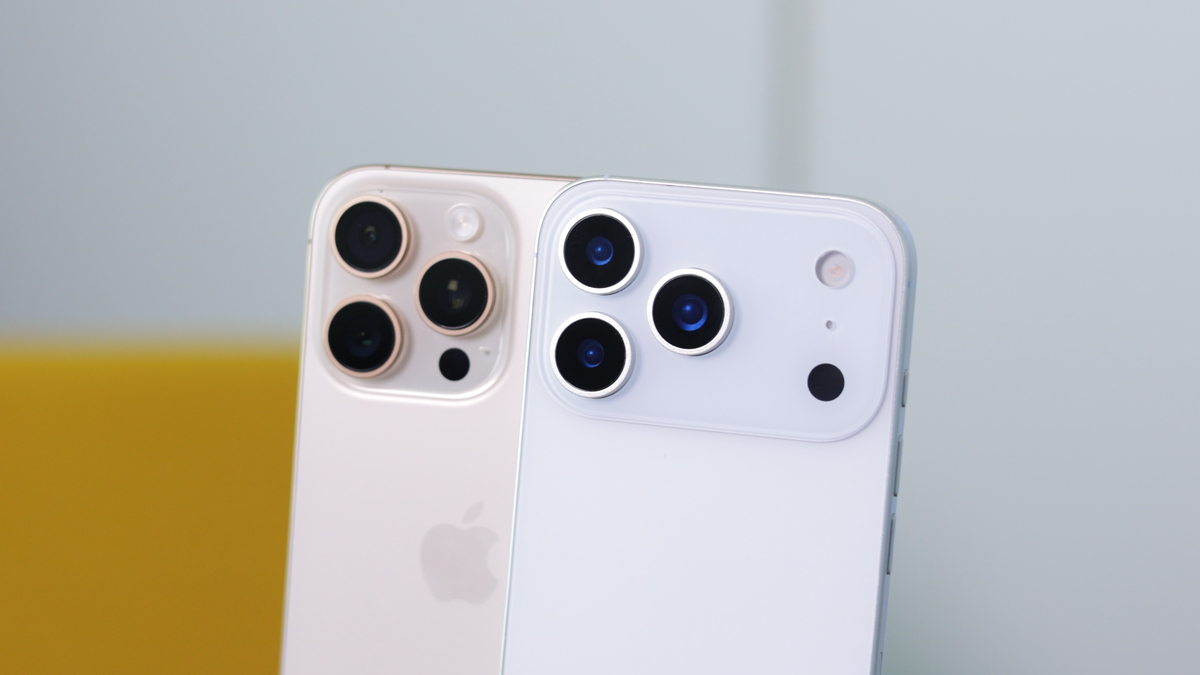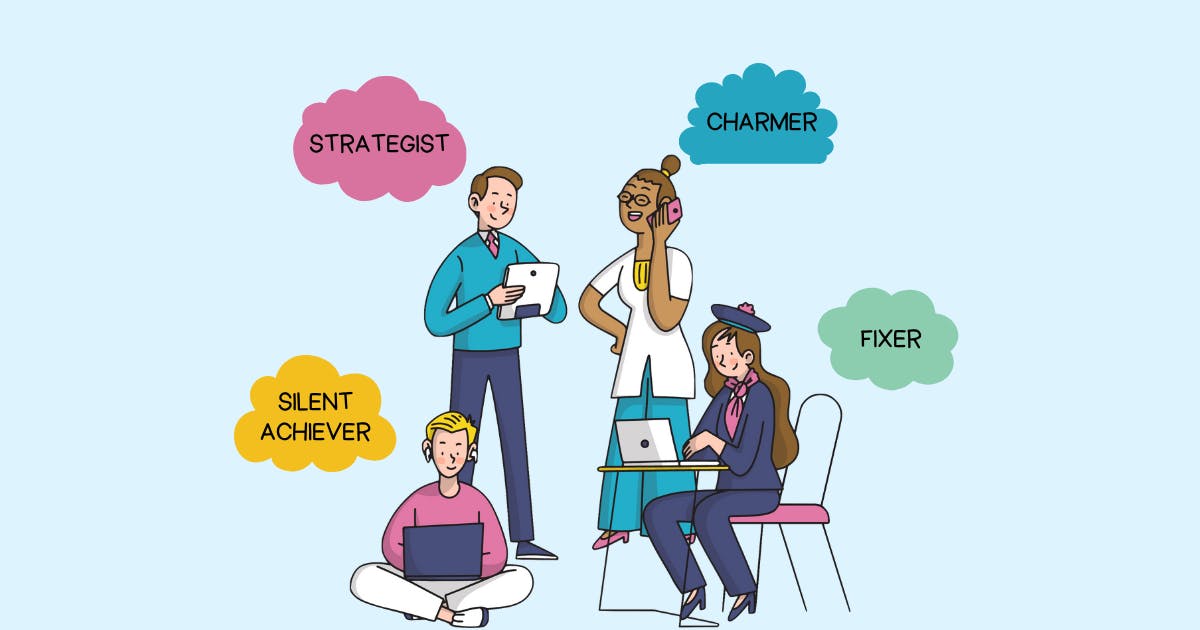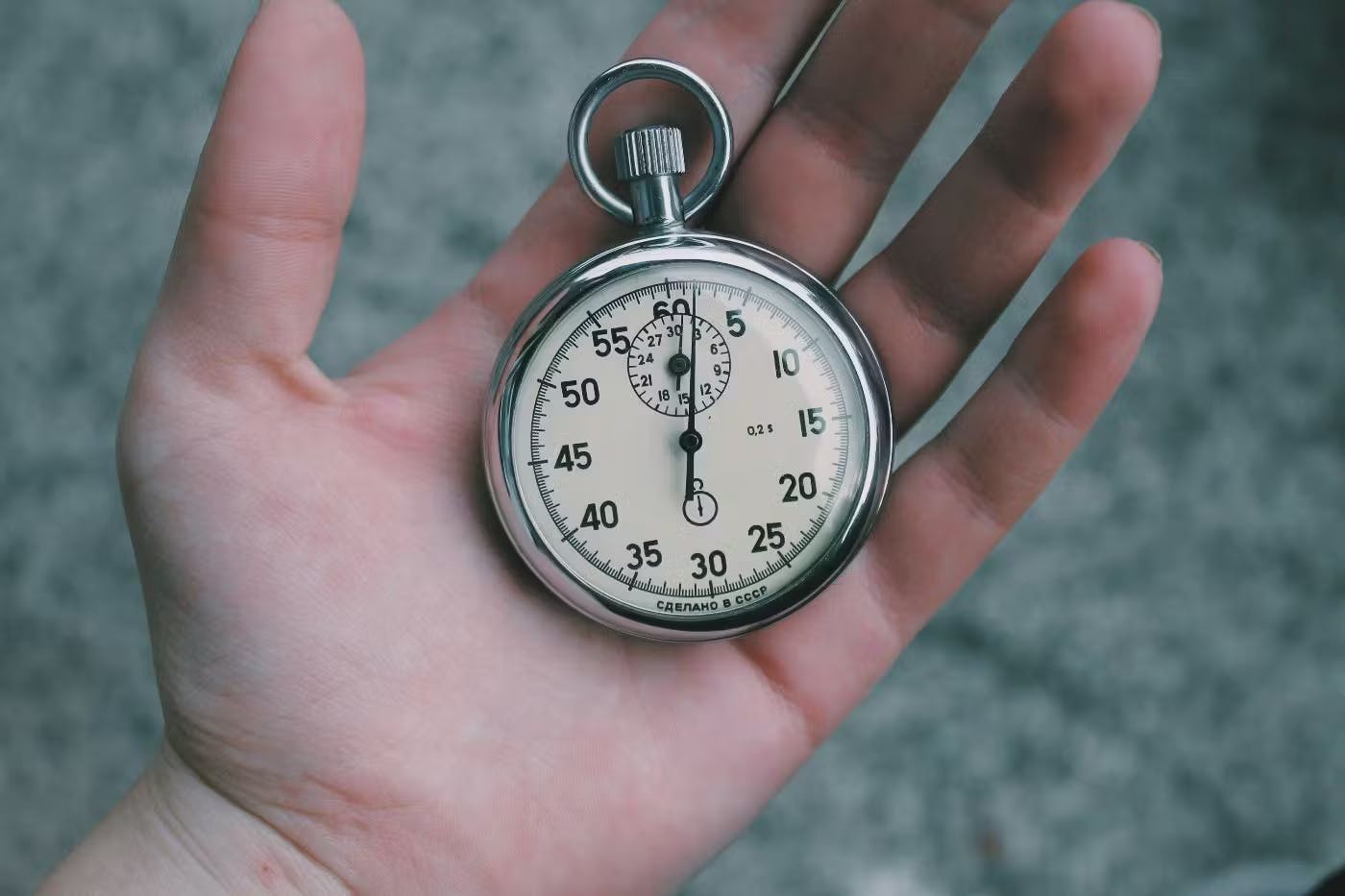A great logo is more than just a pretty picture; it’s the face of your brand. ChatGPT can be your powerful partner for navigating the entire design process. It can help you build a solid brand strategy, brainstorm unique concepts, write detailed prompts for AI image generation, and even help you refine and apply your final design.
Simply copy the prompts below and replace the placeholders like [Your Company Name] or [Key Product/Service] with your specific information. The more detail you provide, the better ChatGPT’s output will be.
Foundation & Brand Discovery
Before you can think about visuals, you must understand the brand’s core. This phase is about defining the strategy that will inform every design decision.
Prompt 1: The Brand Core Profile
This is the most important prompt. It builds the foundation for everything else.
- Act as a brand strategist. I need to establish a comprehensive brand profile for my company,
[Your Company Name]. Our industry is[Industry], and our primary product/service is[Key Product/Service].
Please generate a detailed brand profile covering the following points:- Target Audience: Describe our ideal customer in detail (demographics, psychographics, pain points, and aspirations).
- Brand Archetype: Suggest a primary brand archetype (e.g., The Creator, The Sage, The Hero) that fits our mission and explain why.
- Core Values: List 5 core values that define our brand’s personality (e.g., ‘Innovation’, ‘Simplicity’, ‘Trust’).
- Unique Selling Proposition (USP): What makes us different from competitors like
[Competitor 1]and[Competitor 2]? - Desired Emotional Response: What single feeling should customers experience when they interact with our brand? (e.g., ‘Empowered’, ‘Calm’, ‘Excited’).
Prompt 2: Competitor Logo Analysis
A great logo must stand out. This prompt helps you understand the visual landscape of your industry.
- Act as a design analyst. Analyze the logos of my main competitors:
[Competitor 1],[Competitor 2], and[Competitor 3]. For each one, describe:- The logo style (e.g., wordmark, abstract mark, mascot).
- The color palette and its likely psychological connotations.
- The typography used (e.g., modern sans-serif, classic serif).
- Based on this analysis, identify common visual themes in the
[Industry]industry and suggest opportunities for my brand,[Your Company Name], to differentiate itself visually.
Ideation & Concept Development
With a solid strategy, you can now start brainstorming visual ideas. This is where you translate words and feelings into concrete design concepts.
Prompt 3: The Master Concept Generator
This single, powerful prompt replaces dozens of repetitive ones. You can run it multiple times with different styles.
- Based on the brand profile we established (Target Audience:
[e.g., Tech-savvy millennials], Values:[e.g., Simplicity, Innovation, Trust], Desired Emotion:[e.g., Empowerment]), generate 3 distinct logo concepts for[Your Company Name].
For each concept, provide:- Concept Name: A short, memorable name (e.g., “The Digital Compass”).
- Logo Style: Choose from
[e.g., Minimalist Abstract Mark, Modern Wordmark, Geometric Mascot, Negative Space, Emblem]. - Core Symbolism: Explain the visual metaphor or key elements and how they relate to our brand values.
- Color Palette Theory: Suggest a primary and secondary color palette (e.g., “Deep tech blue for trust, with a vibrant coral accent for creativity”) and explain the reasoning.
- Typography Style: Describe the type of font that would pair well (e.g., “A clean, geometric sans-serif for a modern feel” or “An elegant serif for a touch of luxury”).
Prompt 4: Exploring Abstract Symbolism
This prompt pushes creativity by looking for deeper, more unique visual metaphors.
- Let’s explore non-literal symbolism for my brand,
[Your Company Name]. Our core values are[Value 1],[Value 2], and[Value 3]. Suggest 5 abstract symbols or motifs from nature, mythology, or geometry that could represent these values in a logo. For each suggestion, explain the connection and how it could be visually interpreted.
Crafting Prompts for AI Image Generators
This is the bridge from idea to a tangible visual. ChatGPT can excel at writing highly detailed prompts for AI tools like Midjourney, DALL-E 3 (ChatGPT), or Stable Diffusion.
Prompt 5: The AI Image Generator Prompt Engineer
This prompt turns your chosen concept into ready-to-use prompts for visual AI tools.
- Act as an expert AI image generator prompt engineer. Take the following logo concept and transform it into 3 distinct, detailed text-to-image prompts.
Our Chosen Concept:- Company:
[Your Company Name] - Style:
[e.g., Minimalist negative space logo] - Subject/Symbolism:
[e.g., A stylized falcon's head integrated with the letter 'F'] - Color Palette:
[e.g., Dark charcoal gray and electric orange]
Instructions for the output prompts:
- Start each prompt with “logo design,”
- Emphasize key terms with high weight.
- Include style descriptors like “vector logo,” “flat design,” “minimalist,” “on a white background.”
- Strictly exclude any text or letters unless it’s a wordmark concept.
- Format the output for easy copying.
- Company:
Refinement & Iteration
The first designs are rarely perfect. This phase is about using critical feedback to improve your visual concepts.
Prompt 6: The Design Critic
After generating some images, use this prompt to get objective feedback based on your initial strategy.
- Act as a design critic. I have a logo concept I’m considering.
[Describe the logo concept you have, or paste a link to an image if possible].
Please critique this logo based on the original brand profile we created:- Brand Values:
[e.g., Simplicity, Innovation, Trust] - Target Audience:
[e.g., Tech-savvy millennials] - Desired Emotion:
[e.g., Empowerment]
Provide constructive feedback on its strengths, weaknesses, and suggest 3 specific ways to improve its alignment with our brand strategy.
- Brand Values:
Prompt 7: Generating Variations
This prompt is perfect for exploring subtle but important changes to a concept you already like.
- I have a logo concept I like for
[Your Company Name]:[Describe the logo, e.g., "A minimalist geometric fox head"].
Please suggest 5 variations on this core idea. For each variation, change only one of the following elements:- The color palette.
- The line weight (e.g., thin and elegant vs. bold and strong).
- The orientation or composition.
- The accompanying typography for the company name.
- The level of abstraction (e.g., more realistic vs. more symbolic).
Brand Application & Guidelines
A logo needs to work in the real world. This final phase ensures your design is versatile and is supported by a consistent brand identity.
Prompt 8: The Brand Style Guide
Once you have a final logo, this prompt helps you build the rules for its use.
- Based on my final logo design for
[Your Company Name]which is[Describe your final logo in detail, including colors and font], generate a mini brand style guide.
Include the following sections:- Logo Usage: Rules for clear space (padding), minimum size, and incorrect usage examples (e.g., “Do not stretch,” “Do not change colors”).
- Color Palette: A primary and secondary palette. Provide HEX codes for the main colors:
[e.g., Main Blue: #0A2E46, Accent Orange: #FF4D00]. - Typography: Suggest a primary headline font and a secondary body text font that complements the logo’s typography. Explain why they work together.
Prompt 9: Real-World Mockup Scenarios
This helps you visualize how the logo will look in different contexts.
- For my company,
[Your Company Name], suggest 10 diverse and creative mockup scenarios to test our new logo:[Briefly describe the logo].
Include a mix of digital and physical applications, such as:- A website header.
- A social media profile picture.
- A mobile app icon.
- A business card.
- Branded merchandise like a t-shirt or coffee mug.
- Signage for a physical store or office.
Also, Check These Prompts:











